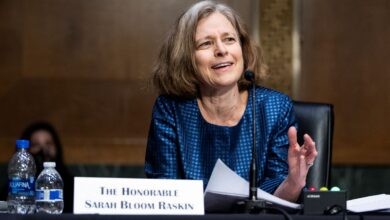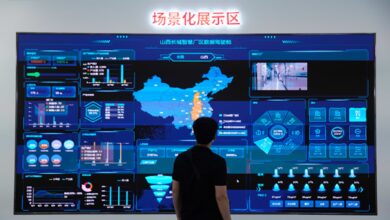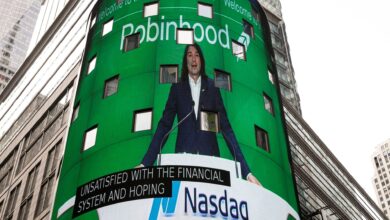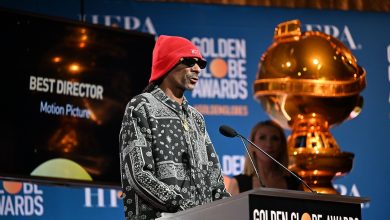Boeing Starliner returns unmanned, NASA uses SpaceX to take astronauts
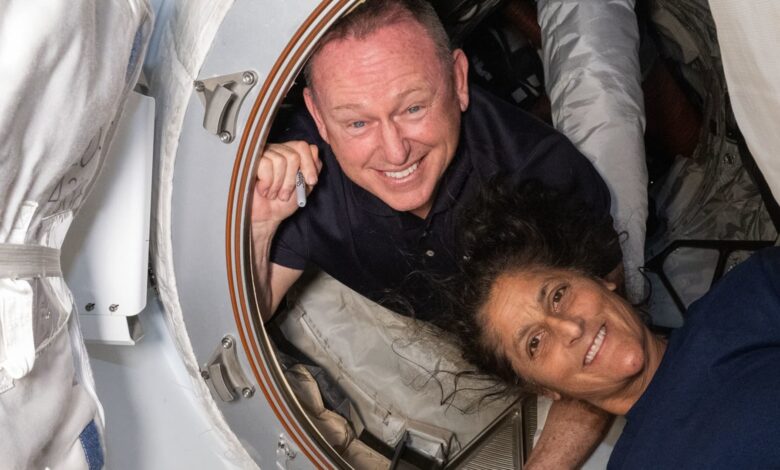
NASA astronauts Butch Wilmore, left, and Suni Williams pose inside the hatch connecting Boeing’s Starliner to the International Space Station on
National Aeronautics and Space Administration (NASA)
Boeing aircraft will return its Starliner capsule from the International Space Station without National Aeronautics and Space Administration (NASA) astronauts they launched into orbit in early June, the agency announced Saturday.
With Starliner returning to Earth empty, NASA will now have astronauts Butch Wilmore and Suni Williams return via SpaceX The Dragon spacecraft is scheduled to launch its ninth routine mission to the ISS for the agency on September 24.
Finally, Wilmore and Williams will stay on ISS for about six more months before flying home in February aboard SpaceX’s Crew-9 capsule. The test flight was originally scheduled to last about nine days.
The decision to return Starliner from the ISS without a crew marks a significant shift for NASA and Boeing, which had previously maintained that the spacecraft was the primary option for returning crews.
But the Starliner’s crewed test flight, seen as the final milestone in the spacecraft’s development, has been plagued by problems — most notably with its propulsion system.
“Boeing has worked very hard with NASA to get the data we needed to make this decision,” NASA Administrator Bill Nelson said during a press conference with senior NASA officials at the Johnson Space Center in Houston on Saturday. “We want to better understand the root cause and understand the design improvements that will enable the Boeing Starliner to play a critical role in ensuring our crews can access the ISS.”
He reiterated that test flight “it is neither safe nor common practice” and the decision was “the result of a commitment to safety”.
NASA will now conduct an additional Flight Readiness Review phase to determine when to bring the empty Starliner home.
Boeing’s Starliner spacecraft is photographed docking with the International Space Station orbiting Egypt’s Mediterranean coast on June 13, 2024.
National Aeronautics and Space Administration (NASA)
Boeing officials have been adamant in press conferences that Starliner is safe for astronauts to fly home in an emergency, despite repeated delays to the return. NASA said there was a “technical disagreement” between the agency and the aerospace company, and said it assessed the risks of returning the crew differently than Boeing.
NASA officials have repeatedly expressed support for Boeing, however, and Nelson said he is “100 percent certain” that Starliner will be able to launch with a crew again one day.
“We continue to focus, first and foremost, on the safety of the crew and spacecraft,” Boeing said in a declare posted on X on Saturday. “We are executing the mission at NASA’s discretion and we are preparing the spacecraft for a safe and successful unmanned return.”
NASA officials were unanimous in their decision to choose SpaceX to bring the crew home, said Ken Bowersox, NASA’s deputy administrator.
Meanwhile, SpaceX will send two astronauts aboard Crew-9 — instead of the four originally planned — to make room for Wilmore and Williams.
“SpaceX stands ready to support @NASA in any way we can,” President and CEO Gwynne Shotwell responded in a social media post by X.
Boeing’s Starliner “Calypso” spacecraft has been at the International Space Station since early June on a mission that NASA has extended indefinitely as the agency and the company try to determine why multiple spacecraft The thruster failed during connection..
These thrusters, part of the spacecraft’s propulsion system, are critical to Starliner’s safe return from the ISS. NASA flagged the thrusters as an ongoing issue on Saturday.
The Starliner crewed test flight is supposed to be a final checkbox for Boeing and a major asset for NASA to achieve. The agency hopes to realize its dream of having two competing companies — Boeing and Elon Musk‘SSpaceX — conducts rotational missions to the ISS.
Instead, the flight test is continuing to hinder Boeing’s progress in NASA’s Commercial Crew program and, with more than $1.5 billion in losses If absorbed, it would threaten the company’s future involvement in it.

